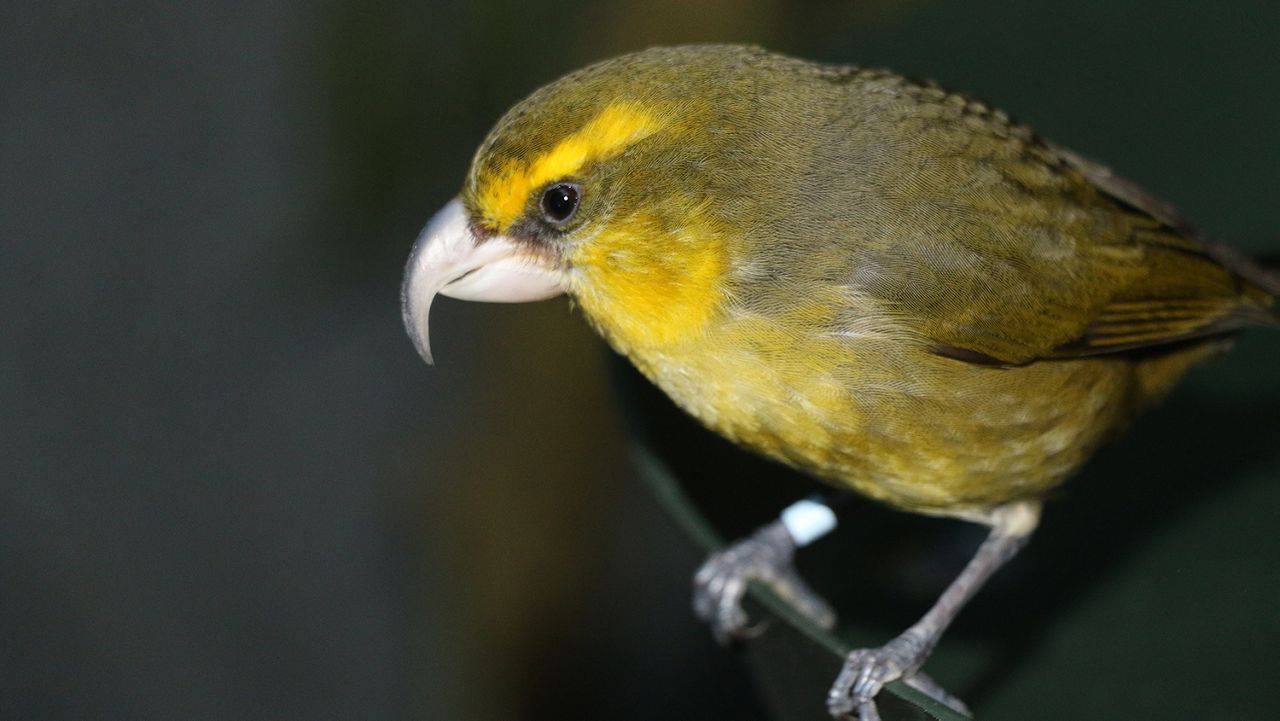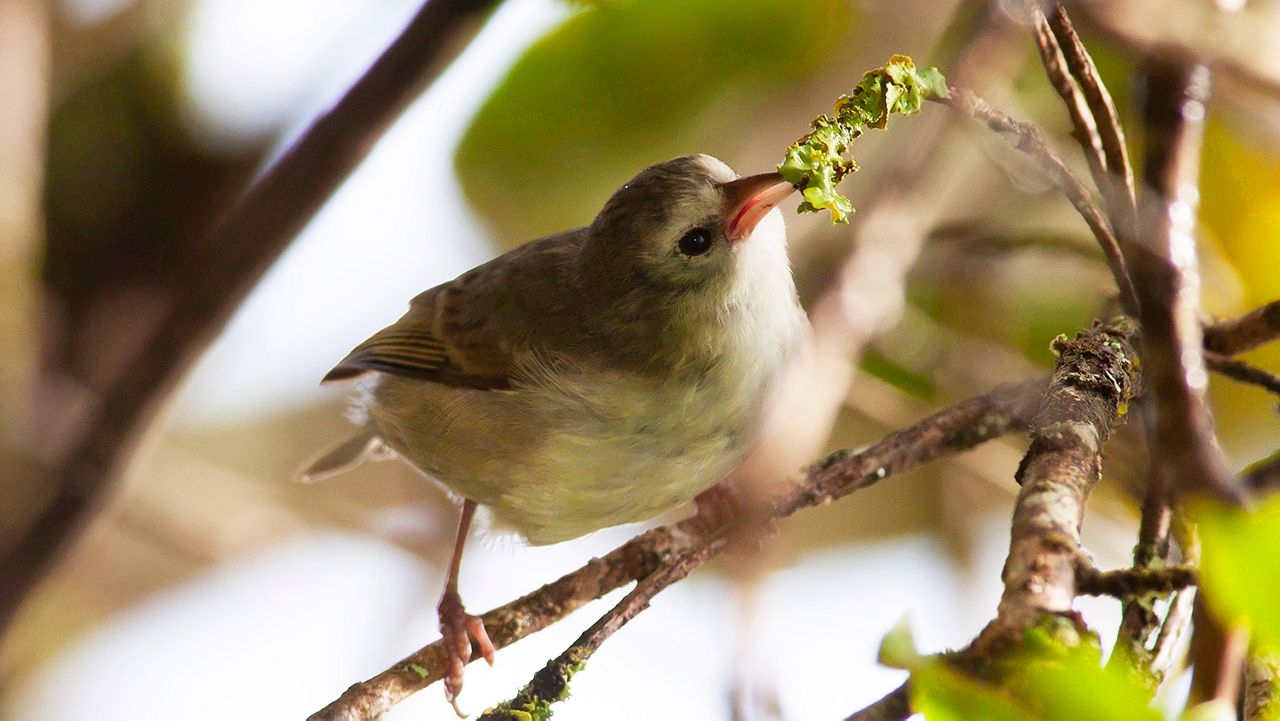HONOLULU — Help to restore Hawaii’s ecosystem and address the extinction crisis facing at least four species of native Hawaiian birds will come in the way of an unparalleled $14 million to be included in the Bipartisan Infrastructure Law. It’s described as a “major investment in the conservation and stewardship of America’s public lands,” in a release from the Department of Land and Natural Resources.
“Several species of native Hawaiian forest birds are on the verge of extinction, possibly within the next two years,” said Gov. David Ige in a news release. “This federal funding could not come at a better time and will add significantly to projects and efforts already underway to try and save species, like akikiki and kiwikiu from vanishing forever.”
According to the U.S. Department of the Interior, the $14 million “… is a significant down payment in protecting our shared natural heritage.” The DOI will administer the law’s $1.4 billion for Ecosystem Restoration and Resilience, and is collaborating with states, Tribes and local communities to restore habitat, control invasive species, assist in conservation of at-risk and listed species and benefits to significant ecosystems. It was announced on May 13.
The results of a bio-cultural study conducted by federal and state conservation officials, submitted in April, described the grim prospects faced by four Hawaiian honeycreeper species without intervention.
The report indicated far fewer birds in the forests compared to the last two decades, even within the last few years. As the climate warms up, birds have moved to higher elevations, and with them, mosquitoes. Avian malaria, carried by mosquitoes, is decimating the native bird population; both are non-native.
Birds, Not Mosquitoes is a group comprised of government agencies and conservation organizations developing a program to introduce incompatible male mosquitoes into native bird habitats — on Kauai for the akikiki and akekee, and Maui for the kiwikiu and akohekohe — to suppress mosquito populations and engage with local communities.
The “incompatible insect technique” is similar to birth control, as it makes it impossible for male mosquitoes to produce viable offspring. According to Birds, Not Mosquitoes, this technique can safely reduce the mosquito population. However, because there are different species of mosquitoes in Hawaii, there are multiple tools that can control the population.
“We have a huge group of scientists, conservationists, land managers, and others from nonprofit, private and government organizations engaged in a collaborative process to break the avian disease cycle and save these birds as quickly as we can. We can only do that by controlling non-native mosquitoes where our honeycreepers have their last mountain refuges,” stated Dr. Chris Farmer, Hawaii program director with the American Bird Conservancy who helps to facilitate the Birds, Not Mosquitoes initiative.

“With an estimated 45 akikiki remaining in the wild on Kauai and 135 kiwikiu left in the wild on Maui, it’s easy to see we have daunting and urgent work ahead of us,” said Dr. Lainie Berry, Wildlife Program manager for the DLNR Division of Forestry and Wildlife. “This tremendous level of additional federal dollars will go a long way toward supplementing and increasing earnest efforts already in place to save these species, as well as the akekee and akohekohe, whose wild population numbers are slightly higher.”
The DLNR will receive $6.5 million to develop novel mosquito management using non-compatible mosquitoes on a landscape-scale basis, as well as to develop additional captive propagation facilities at the San Diego Zoo Wildlife Alliance’s Maui Bird Conservation Center.
Other initiatives receiving funding have programs focused on managing or eradicating invasive mosquitoes: $1 million to the USFWS Pacific Islands Fish and Wildlife Office; $592,000 to the U.S. Geological Survey Pacific Island Ecosystems Research Center; and $6 million to the National Park Service.
Ulalia Woodside is the Hawaii and Palmyra director for The Nature Conservancy, a core partner in the Birds, Not Mosquitoes effort. She added, “With climate change moving mosquitoes to higher and higher elevations, the loss of more native species is imminent without clear action. The millions in extra funding will support the development and implementation of the tools needed to give these endemic Hawaiian birds a fighting chance.”
Sarah Yamanaka is a digital journalist for Spectrum News Hawaii. Read more of her stories here.



